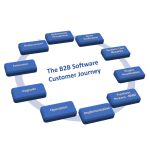How to Generate Enough Leads to Meet Your Sales Budget – Part 3
 One of my readers recently asked me if I knew any effective ways for generating leads. She was new in a new (yes, two “new”) sales position and found lead generation to be really hard.
One of my readers recently asked me if I knew any effective ways for generating leads. She was new in a new (yes, two “new”) sales position and found lead generation to be really hard.
In the first part of this series of posts, I emphasized that most leads should be generated by the marketing function and not by the sales function. I used the famous restaurant Noma as an example of a company entirely running its business through inbound lead generation, but I could have used Basecamp and Atlassian also.
However, there are often situations where the volume and quality of inbound leads are not sufficient to take advantage of the growth potential offered by the market. In such situations, we need to reach out to potential customers and stimulate their interest. In the second post I, therefore, gave some general guidelines for how to design the engagement process for generating leads that are not in the final stage of their buying journey for the kind of product and/or service that you provide.
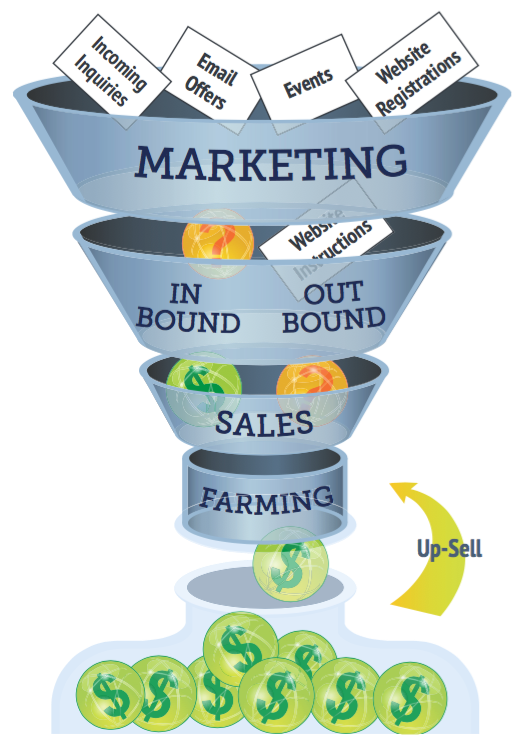 In this post, I’ll give you some specific recommendations for how to engage with people that may become your customers sometime in the future.
In this post, I’ll give you some specific recommendations for how to engage with people that may become your customers sometime in the future.
Why not today or tomorrow you may ask?
Things Take Time
How often will a potential customer choose a new vendor for what you offer? Every week, month, year, two years, three years…?
The more frequently your potential customer is prepared to switch to a new vendor the more you have to rely on inbound lead generation. Inbound lead generation is marketing-driven – not sales driven.
Unless you are offering an inexpensive commodity product chances are that your potential customers will not immediately switch to another vendor based on a call or email from you.
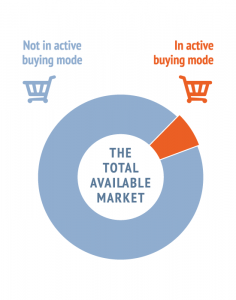 Let’s assume that your potential customer on average chooses a new vendor every fifth year AND that the average final buying cycle is 6 months, then the percentage of your total market that is in the final vendor selection stage is 10%. Nine out of ten that you get in touch with are NOT in vendor selection mode and therefore not particularly receptive to information about your company, your products and your services. A vast majority of the 10% that are in vendor selection mode is not interested in you as they have already shortlisted the vendors they plan to work with.
Let’s assume that your potential customer on average chooses a new vendor every fifth year AND that the average final buying cycle is 6 months, then the percentage of your total market that is in the final vendor selection stage is 10%. Nine out of ten that you get in touch with are NOT in vendor selection mode and therefore not particularly receptive to information about your company, your products and your services. A vast majority of the 10% that are in vendor selection mode is not interested in you as they have already shortlisted the vendors they plan to work with.
What can you offer potential customers that are not in the final vendor selection mode?
Most information technology companies offer a combination of products and services that must first be implemented in the customers’ organization and then support changes in the business processes that finally will (or may) generate the value. I can guarantee that you will not be successful in the final vendor selection stage unless you are intimately familiar with the business issues and challenges your potential customers are facing including the specifics of the implementation environment. The good news is that they are also dealing with these issues when they are not in the final vendor selection stage and this is your great opportunity.
Focus on the problems and corresponding solutions
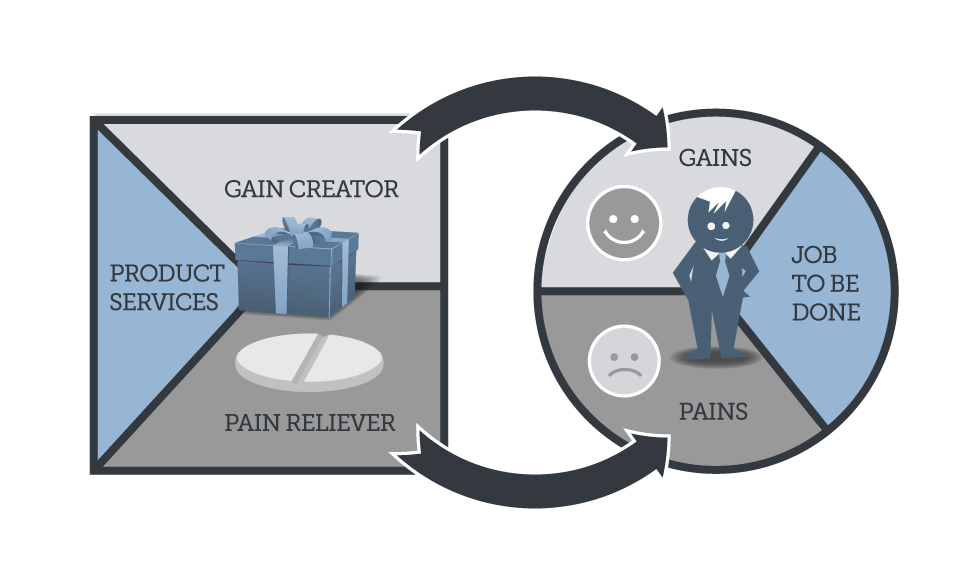 Your communication with the market should focus on the challenges and issues that your potential customers are facing now and in the future (obviously in the areas where your products and services support improvements and productivity enhancements). You should describe general solutions to these problems, but not blow your propaganda trumpet.
Your communication with the market should focus on the challenges and issues that your potential customers are facing now and in the future (obviously in the areas where your products and services support improvements and productivity enhancements). You should describe general solutions to these problems, but not blow your propaganda trumpet.
Let’s assume that a buying process for your type of offering involves a line executive and some of her staff, the IT department, the CFO (for RoI justification) and the CEO for overall project priority and vendor approval (depending on the size of the project).
In the final vendor selection stage you will have to deal with all these people, some directly and some indirectly. However in the pre-selection stages your primary outbound focus should be on the line executive and her staff (for some solutions that could be the CIO or CFO, but only very seldom the CEO). They have business challenges and they are open to inspiration and examples of how to deal with these challenges. They are also receptive when there are no plans and budgets for doing anything about them just now.
All companies have all sorts of problems all the time
Remember that all companies have all sorts of challenges in all their functions at all times. Irrespective of whether they are growing like crazy, winning market shares and over-performing on their budgets or they are losing market share and missing their budgets, they all have unsolved problems and challenges in all functions in the company.
They may not share these challenges with you, but they have them nevertheless. Maybe the issues that you provide solutions for are not on the top of the agenda just now, but that doesn’t mean that they are not interested in learning how to deal with them and build relationships with resources that can help them when they are ready to take action.
By continuously offering insight on the pain side of your customers’ business issues you can build relationships with your potential customers and nurture these until the time comes where they are prepared to take action and allocate funds to acquire and implement a solution.
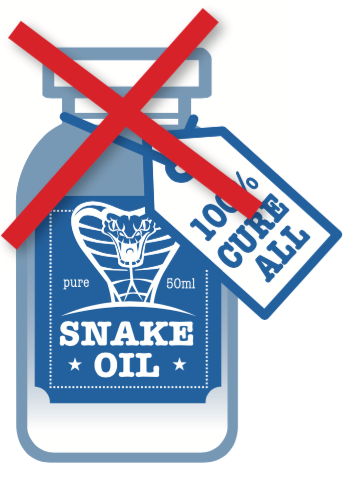 Such insight can and must be provided in various formats such as a regularly updated website and blog, a steady stream of whitepapers and ebooks, social media updates, newsletters (permission-based), press releases, webcasts and webinars, tutorial videos and podcasts, on- and off-line advertisements, trade show and conference attendance, appearance in market reports, workshops and seminars and other deliverables that your target audience may be receptive to.
Such insight can and must be provided in various formats such as a regularly updated website and blog, a steady stream of whitepapers and ebooks, social media updates, newsletters (permission-based), press releases, webcasts and webinars, tutorial videos and podcasts, on- and off-line advertisements, trade show and conference attendance, appearance in market reports, workshops and seminars and other deliverables that your target audience may be receptive to.
If your company is not capable of providing such assets for you to use in your outbound lead generation efforts, then you will fail. If you have nothing to offer the 90% of your target audience that is not in the vendor selection stage then how will you build and nurture a relationship?
Starting a conversation by claiming that you are awesome, your company is awesome and your products/services are awesome will kill any relationship up front.





